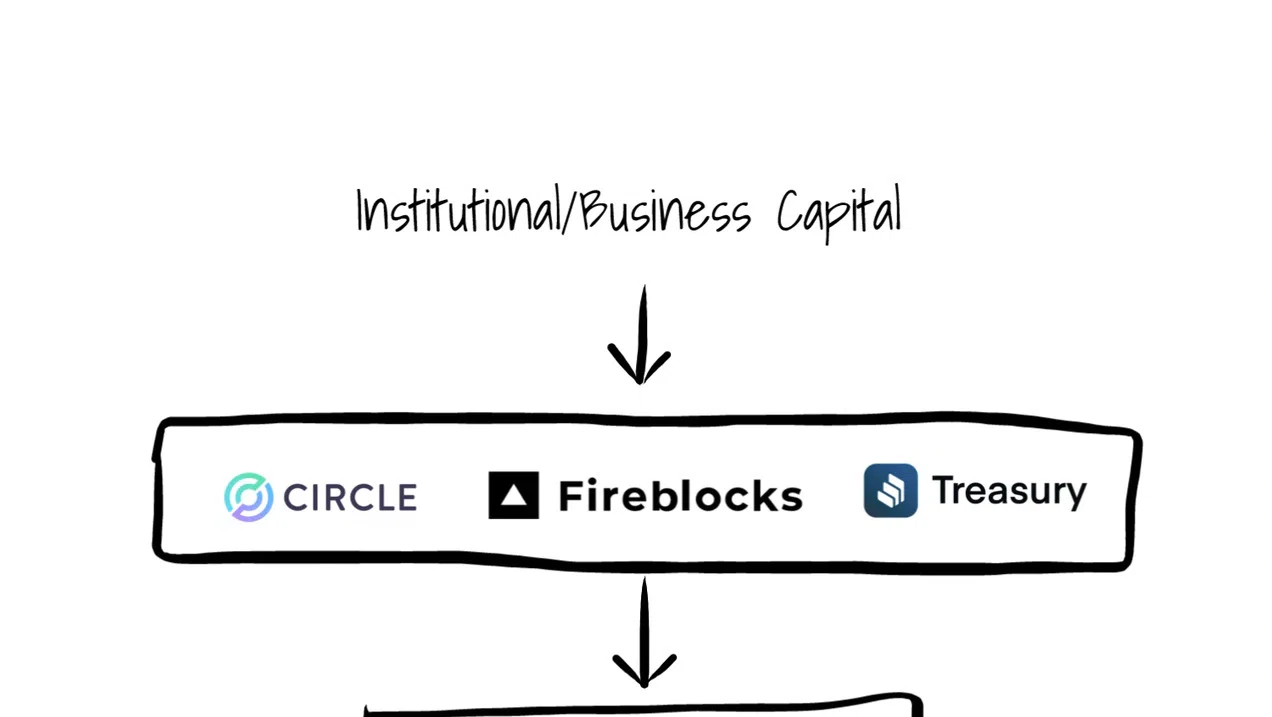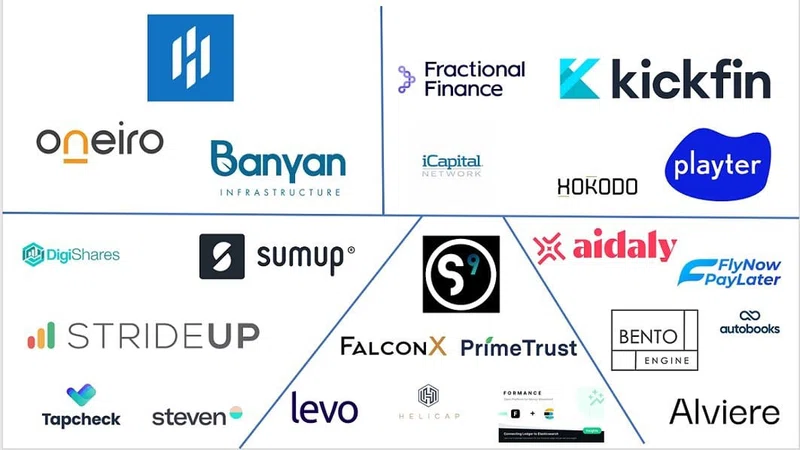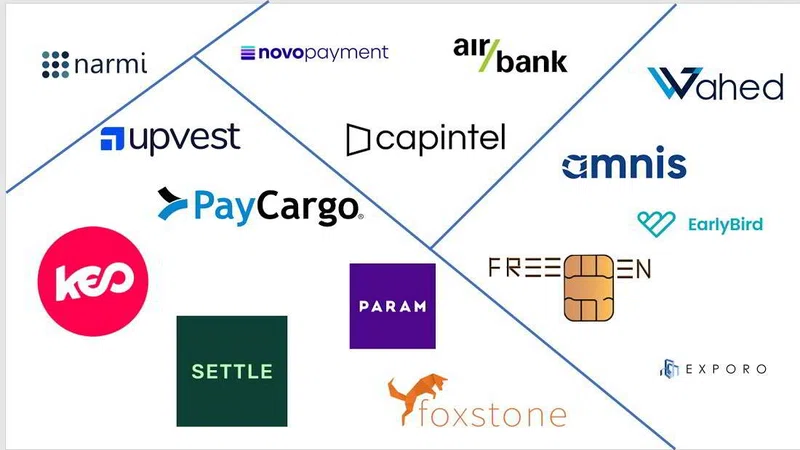In the Summer of 2018, I went to the British Grand Prix in Silverstone, UK. I didn’t know anything about Formula 1 before that race, but became an immediate fan and have been watching consistently since.
At that race, I learned F1 cars are designed to generate something called “downforce” - the faster the car goes, the harder the air pushes the car into the track. Simple aerodynamics. Downforce is what gives the cars incredible control at high speeds. They can take corners at 150mph without sliding, like they are being driven on a rail. The cars are actually harder to drive at slower speeds. Less downforce equals less grip.
It sounds counterintuitive until you understand the physics.
DeFi protocols are like F1 cars. The more liquidity a protocol has (speed), the more efficient (downforce) it becomes.
In the past, I wrote about what I thought DeFi needed to be more efficient and scale to a trillion dollar ecosystem. Institutional capital was critical.
The largest pools of capital are controlled by institutions - custodians, banks, asset managers, hedge funds, fintechs and large companies with big balance sheets. This is the capital we need to unlock to make this new financial system more efficient.
Institutional capital is harder to access though. It needs different infrastructure, different tools, and honestly, I thought it would take years for that to be built.
I was wrong.
Recent announcements from companies like Compound, Circle, and Fireblocks have convinced me institutional use of DeFi is right around the corner.
Let’s zoom in…
DeFi-powered products and services
DeFi protocols are financial infrastructure. Like any technology infrastructure, they need applications built on top. Great applications and user experiences are just as important for institutional DeFi adoption as they are for retail.
Last month, the team behind the Compound lending protocol announced a new product - Compound Treasury. Simply put, Treasury is like a bank account for businesses that pays 4% on USDC deposits.
Here’s an example:
You are the CFO of a startup that just raised $10M in Series A funding. As CFO, your job is to manage the company’s capital to maximize your runway. Ordinarily, you would put the $10M into an operating account at a bank and maybe earn a few basis points of interest. With Compound Treasury, you can convert some or all of the $10M to USDC and lend it out through the Compound Protocol for a guaranteed 4% annual return.
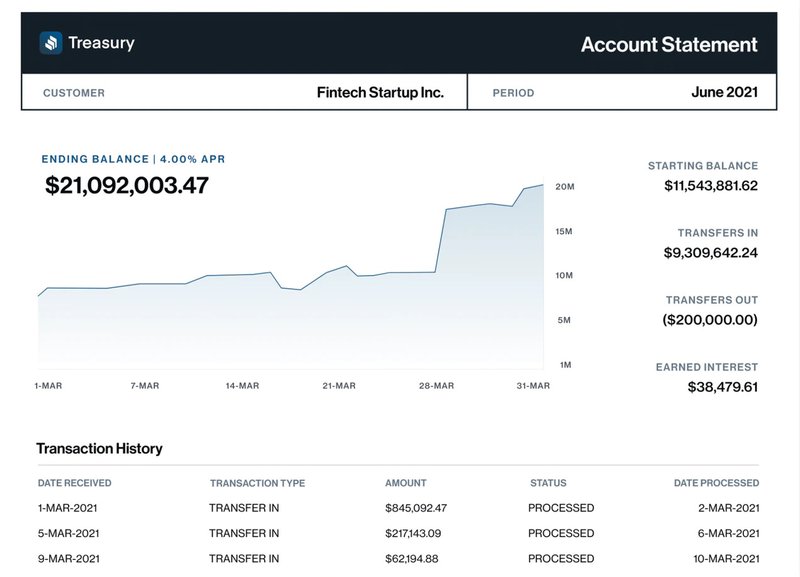
To put these rates in perspective, startup banking providers Mercury and Brex have treasury products that pay 0.09% and 0.03% respectively. These returns are usually generated by investing cash short term in money market funds with companies like Vanguard.
If you are a company with idle cash on the balance sheet, the rates available in DeFi are hard to ignore. Compound hopes Treasury will attract new pools of capital that have not had the ability to tap into DeFi.
To quote from Compound’s website, “Treasury enables institutions to access crypto interest rates while abstracting away operational complexities including cybersecurity, compliance, private key management, fiat-to-crypto conversion, and interest rate volatility.”
In terms of adoption, I expect it to happen in three phases:
- Crypto native companies familiar and/or currently using USDC, then
- Fintechs currently offering crypto products (i.e. Paypal), and eventually
- Traditional financial services companies, including hedge funds
Compound Treasury is one of the first examples of a DeFi-powered financial product built specifically to serve institutional capital. It’s an incremental step forward, but a powerful signal of what’s to come.
Enterprise Legos
The DeFi user experience for enterprises will look different from retail. Most business users won’t use Metamask, for example, to secure their funds and interact with DeFi protocols.
Enterprises have controls around how funds are spent and invested, who is allowed to make those decisions and how that activity is reported, and they need tools that cater to those needs.
Let’s look at a few examples of enterprise-grade services…
Circle
Since launching USDC in September 2018, Circle has been quietly building enterprise solutions to support USDC adoption. Today, it offers Circle Accounts for USDC, which allows business to securely custody funds, send and receive payments, and streamline treasury operations via a suite of APIs.
This week, they announced their DeFi API, allowing businesses to connect their Circle Accounts and USDC balances to Compound Treasury, all through an interface and experience designed for a business user.
This creates another pipeline for institutional capital to flow into DeFi.
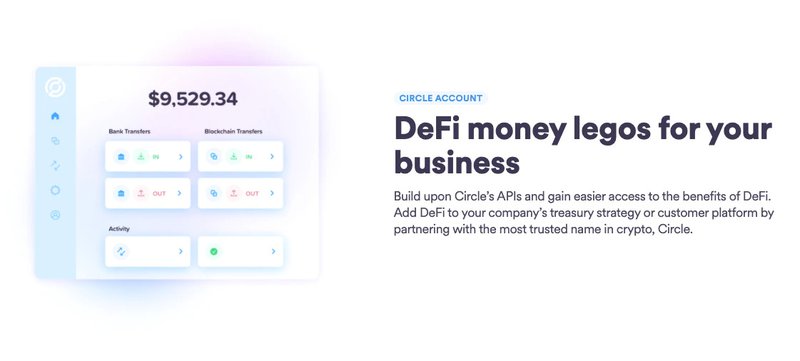
Fireblocks
Fireblocks provides, among other services, enterprise crypto wallets for businesses. One major difference between Fireblocks and a retail wallet like Metamask are the controls you expect to see around institutional capital, like multi-user approvals. Their client list includes many of the top trading desks, hedge funds, and market makers.
Last year, Fireblocks integrated with Compound to enable institutions to access DeFi yields through their Fireblocks wallets. One of the most compelling use cases is crypto savings accounts for institutions – which allow OTCs, hedge funds, market makers, etc. to passively earn interest on digital assets, even in short intervals (as quickly as every 15 seconds).
As Fireblocks’ client base grows, institutional capital flows into protocols like Compound should increase as well.
The Stack
There’s nothing I love more than a good “tech stack” diagram, so let’s put all these components together and see what the institutional DeFi stack looks like today. I think the middle layer of this diagram is going to explode over the next two years.
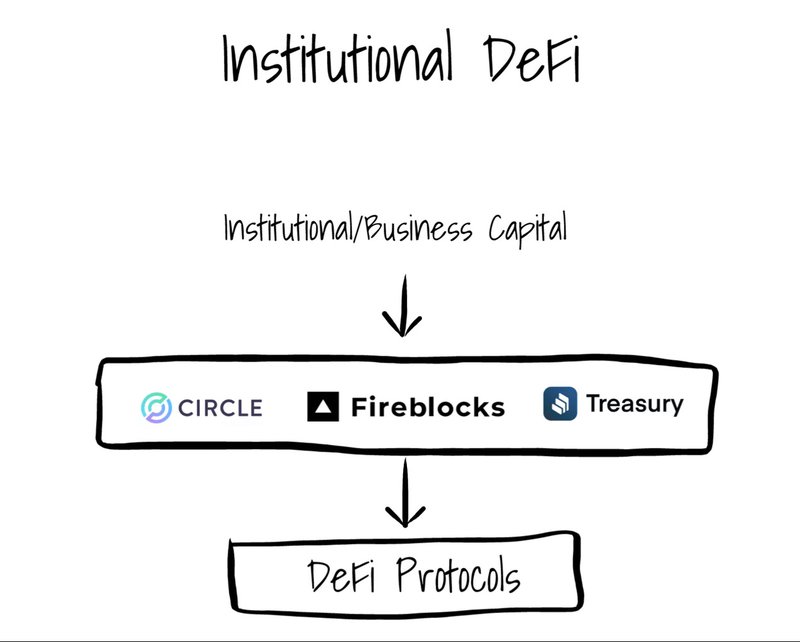
Parting Thoughts
Enterprise DeFi adoption will double as a filtering mechanism for protocols. The protocols teams and communities that can support enterprise use will separate from the pack.
Acquiring one retail user at a time isn’t a good strategy. You need to spear fish. You want the largest pools of capital possible, and those are exchanges, custodians, asset managers, and businesses with idle cash on their balance sheets.
If you’re a protocol team today, this is how you win.
Thanks for reading,
Andy
